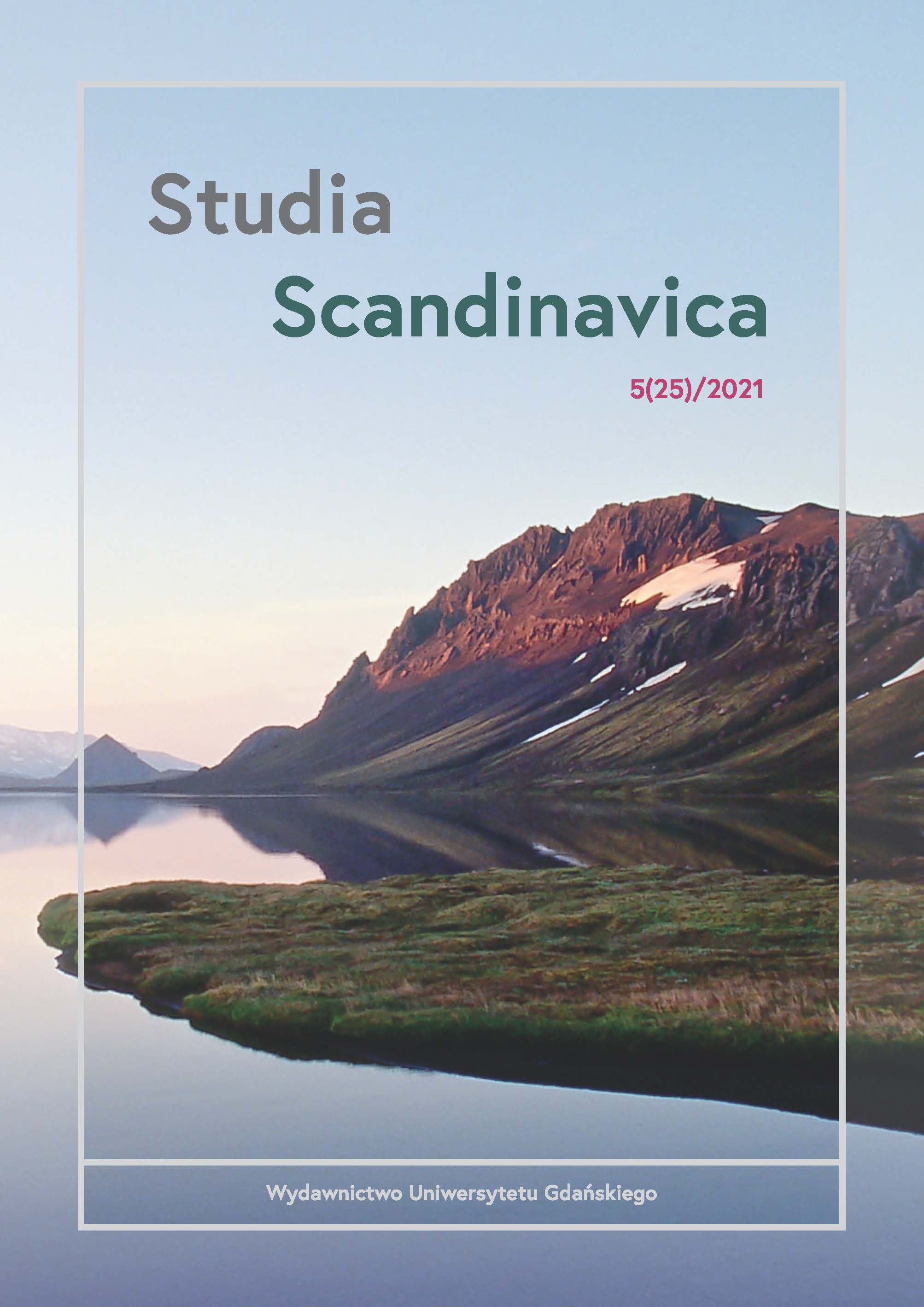Human and Non-human Representations in Maja Lunde’s Fiction: A New Materialist and Post-Speciesist Approach
DOI:
https://doi.org/10.26881/ss.2021.25.03Słowa kluczowe:
ecocriticism, new materialism, animal studies, post-speciesism, eco-fictionAbstrakt
The article focuses on Maja Lunde’s “climate quartet,” read from the perspective of post-speciesist theory and new materialism. Apart from dealing with climate change and dystopian futures, Lunde’s fiction also tackles the poetics and politics of the non-human (be it non-human animals or the non-human environment), which is no longer perceived as inherently submissive and dependent on the human, but possesses a life of its own. In new materialism’s terms, non-human (organic/inorganic, animate/inanimate) bodies are self-generative and self-sufficient, able to affect and influence other bodies.
Downloads
Bibliografia
Bârlădean, A.N. (2020). Review of Bienes Historie by Maja Lunde. Studia UBB Philologia 65(3): 345–347.
Berger, J. (1980). Why Look at Animals? In: J. Berger. About Looking. New York: Vintage International.
Bokmålsordboka. Oppslagsord: (En) Skapning. www.ordbok.uib.no (accessed: 2.11.2021).
Buell, L. (2001). Writing for an Endangered World: Literature, Culture, and Environment in the U.S. and Beyond. London: Belknap Press.
Buell, L. (2005). The Future of Environmental Criticism. Environmental Crisis and Literary Imagination. Oxford: Blackwell Publishing.
Coole, D. and S. Frost. (2010). New Materialisms. Ontology, Agency, and Politics. London: Duke University Press.
Deleuze, G. and F. Guattari. (2005). A Thousand Plateaus: Capitalism and Schizophrenia. Minneapolis: The University of Minnesota Press.
Derrida, J. (2008). The Animal That Therefore I Am. New York: Fordham University Press.
Garrard, G. (2004). Ecocriticism. London: Routledge.
Grusin, R. (2015). The Non-human Turn. Minneapolis: The University of Minnesota Press.
Hamilton, C., C. Bonneuil and F. Gemenne. (2015). The Anthropocene and the Global Environmental Crisis. Rethinking modernity in a new epoch. New York: Routledge.
Haraway, D. (2008). When Species Meet. Minneapolis: The University of Minnesota Press.
Johnsen, M. (2019). Samfunnets underliggende bikubestruktur. En økofeministisk lesning av “Bienes historie“ (2015) av Maja Lunde. Master’s Thesis, Agder: University of Agder.
Lunde, M. (2015). Bienes Historie. Oslo: Aschehoug. Lunde, M. (2017). Blå. Oslo: Aschehoug.
Lunde, M. (2019). Przewalskis hest. Oslo: Aschehoug.
Merchant, C. (1990). The Death of Nature. Women, Ecology, and the Scientific Revolution. San Francisco: Harper & Row.
Moldovan, C.M. (2020). Review of Blå by Maja Lunde. Studia UBB Philologia 65(3): 349–351.
NRK Radio. (2019). Historisk bokfest, 17.10.2019. https://radio.nrk.no/serie/historisk-bokfest/ sesong/201910/KMRA14000119 (accessed: 3.11.2019).
Wolfe, C. (2003). Zoontologies. The Question of the Animal. Minneapolis: The University of Minnesota Press.
Wolfe, C. (2010). What is Posthumanism?. Minneapolis: The University of Minnesota Press.

 Uniwersyteckie Czasopisma Naukowe
Uniwersyteckie Czasopisma Naukowe





